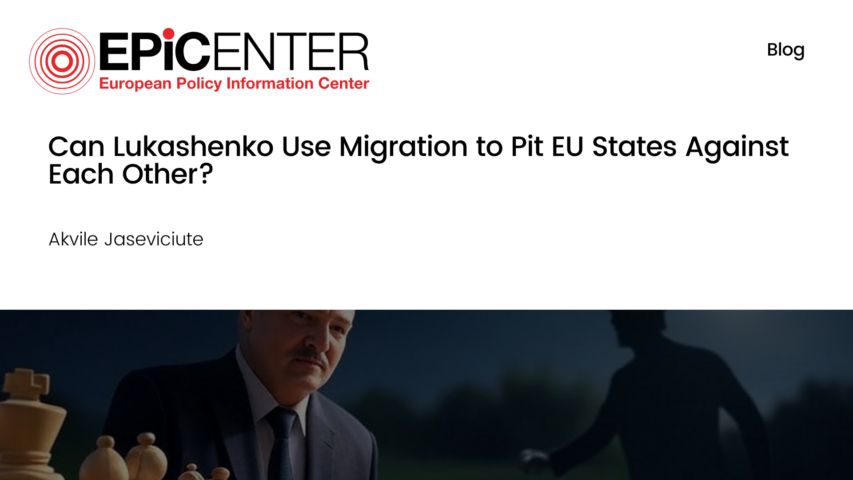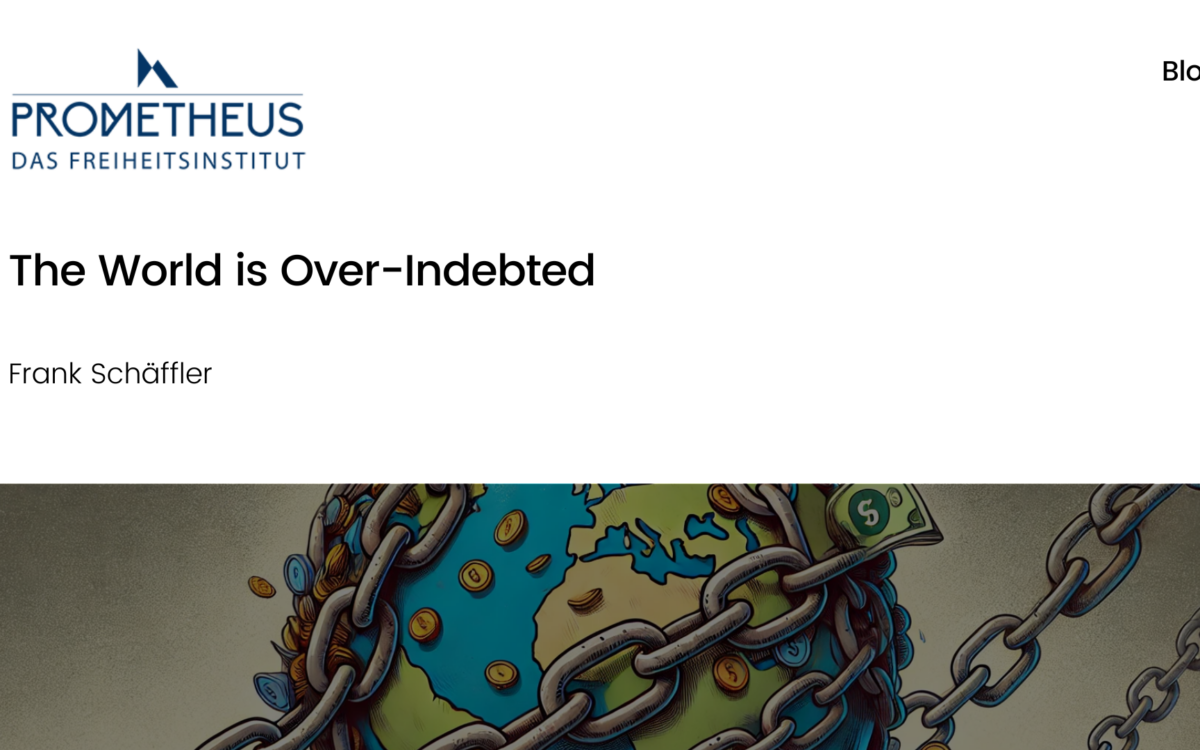This crisis has been characterised by the EU as a political act of aggression rather than merely a migration problem. The situation at the EU’s Eastern border still reveals certain flaws in the external border protection policy – countries are not equally prepared, they lack guidance on mass-influx control, and on human rights compliance. While the attempts to resolve the problems through reforming the EU’s Common Asylum System are already in motion, the proposals could be adjusted based on the outcomes of the crisis.
The first evident problem is uneven distribution of immigration management resources. According to the Schengen regulations, refugee status application must be in the country of entry in the EU. However, North-Eastern states lack the human resources to collect migrants’ biometric data, run it by the EU fingerprinting database, and assess individual applications. These logistical hurdles reveal the need for the EU to reassess the risk on its Eastern border. If previously, most migration management resources were allocated to Southern European states, some redistribution is necessary to equip the Baltics.
Secondly, the greatest gap in EU’s external border protection policy is the lacking approach to mass migration. In 2016, the management of large influxes was arguably more difficult because of the sea border. However, the current mismanagement of the mass-influx has also been worsened by the poorly protected EU-Belarus border, which lacks physical barriers or surveillance systems. At first, much confusion was shared not only between the officers but government officials too – how to manage mass-influx, if it is impossible to stop and direct people to official border checkpoints?
As Lithuanian officers started turning around migrants before they can cross the border, the EU only approved such actions retrospectively. In other words, EU agencies could not provide clear guidance in advance and Lithuania could only hope that its practices are approved after implementation. The lack of settled procedures also raises ambiguities regarding migrants’ human rights. For example, turning around migrants has been compared to ‘push-back’, which is illegal under international law. In the current case, Poland and the Baltic states could only justify their actions relying on ECtHR case law or EU’s belated approvals, causing some delay in effective prevention of entry.
When discussing potential solutions to the problem, the long-standing debate between EU solidarity and national responsibility comes to mind. Frontex is the best example of how member states can empower supranational institutions and share resources to resolve common bloc’s problems.
Ironically, in 2015, Poland opposed the EU Commission’s proposal to expand the Agency’s mandate and grant it greater powers to protect EU borders. In the current situation, Baltic States and Poland cooperated with Frontex and received help with building reception facilities and patrolling the border. Although these countries still strongly rely on national border protection forces, support from EU agencies or other member states was welcomed. If perfected, this approach could serve to protect EU’s borders more effectively in the future – developing precise national policy and enabling Frontex to work as an assisting body.
It is possible that after the EU Common Asylum system reform, which strongly relies on member states’ solidarity, countries will be more keen to share resources, send border protection officers, and provide each other funds to house migrants. After all migrants coming through the Eastern Europe route are not planning to stay in the region long – Germany or Sweden could be their final destination.
Therefore, larger EU states could be incentivised to support EU-Belarus border protection efforts. While solidarity in resources is an acceptable proposal, solidary integration and distribution of migrants could become a contentious issue in the future. This will become especially relevant if the Baltic States and Poland are unable to organise an effective return of illegal migrants.
Overall, if the past 26 years of Lukashenko’s rule both Belarus and the EU maintained a working relationship, it all changed after Eastern European states provided vocal support for opposition activists.
Lukashenko’s strategic move of exploiting contentious migration issues revealed many EU border protection policy flaws. The crisis forced countries, sceptical of EU’s supranational migration control efforts, to accept Frontex support and ask for more solidarity from other member states. Therefore, solidarity in sharing resources but not in distributing migrants could be an effective solution to future border tensions.




